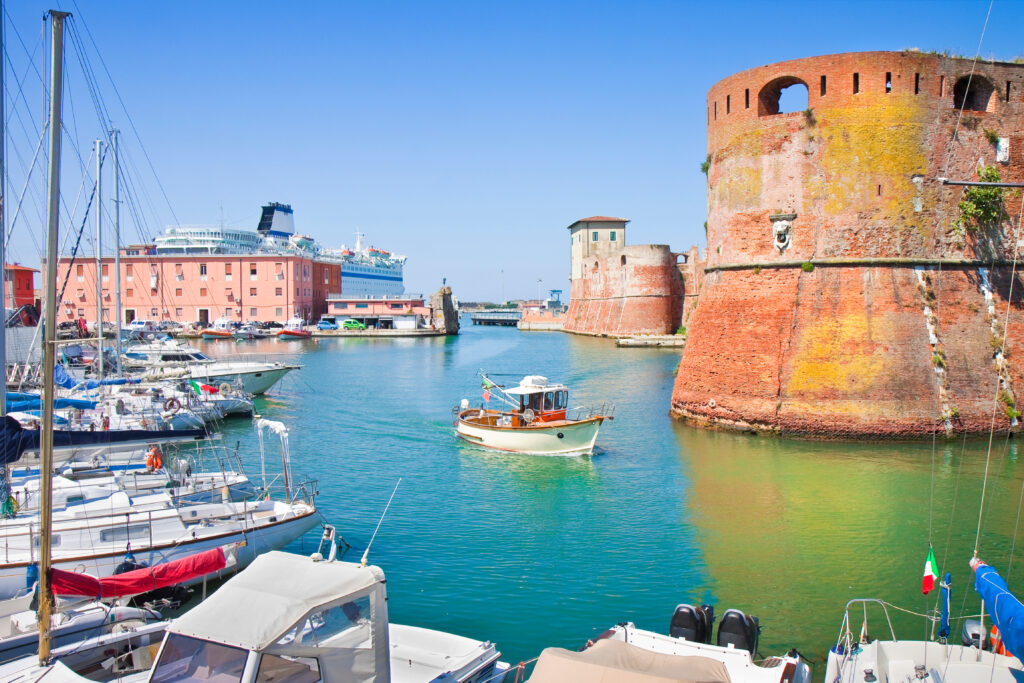Welcome to Livorno, a charming port city on the western coast of Tuscany, Italy, renowned for its rich history and vibrant culture. Founded by the Romans in 59 BC as a strategic outpost called “Portus Labronis,” Livorno’s early development was spurred by its advantageous location along trade routes in the Mediterranean.

However, it wasn’t until the 16th century, under the rule of the Medici family, that Livorno truly flourished. Recognizing its potential as a hub for commerce, the Medici transformed Livorno into a free port, attracting merchants from across Europe and the Mediterranean.
During the Renaissance, Livorno became a melting pot of cultures and religions, welcoming communities of Jews, Greeks, Armenians, and Dutch traders among others. This cosmopolitan atmosphere contributed to the city’s economic prosperity and cultural diversity. The legacy of this period can still be seen in Livorno’s architecture, with elegant Renaissance-style buildings and fortifications that reflect its strategic importance.
In the 18th and 19th centuries, Livorno continued to thrive as a center of trade and industry. The city’s port became one of the busiest in the Mediterranean, facilitating the export of goods such as wine, olive oil, and marble. Livorno’s maritime heritage is celebrated in landmarks like the Old Fortress and the Naval Academy, which attest to its historical significance as a naval base and commercial port.
Today, Livorno remains a gateway to Tuscany’s treasures, offering cruise passengers a glimpse into its storied past through its picturesque canals, bustling markets, and historic landmarks. Whether you’re strolling along the scenic Terrazza Mascagni or exploring the Medici-era churches and palaces, Livorno invites you to experience centuries of history and culture in a vibrant seaside setting. As you embark on your journey through Livorno, take in the sights and sounds of this captivating city, where every corner tells a story of resilience, innovation, and the enduring spirit of exploration.


